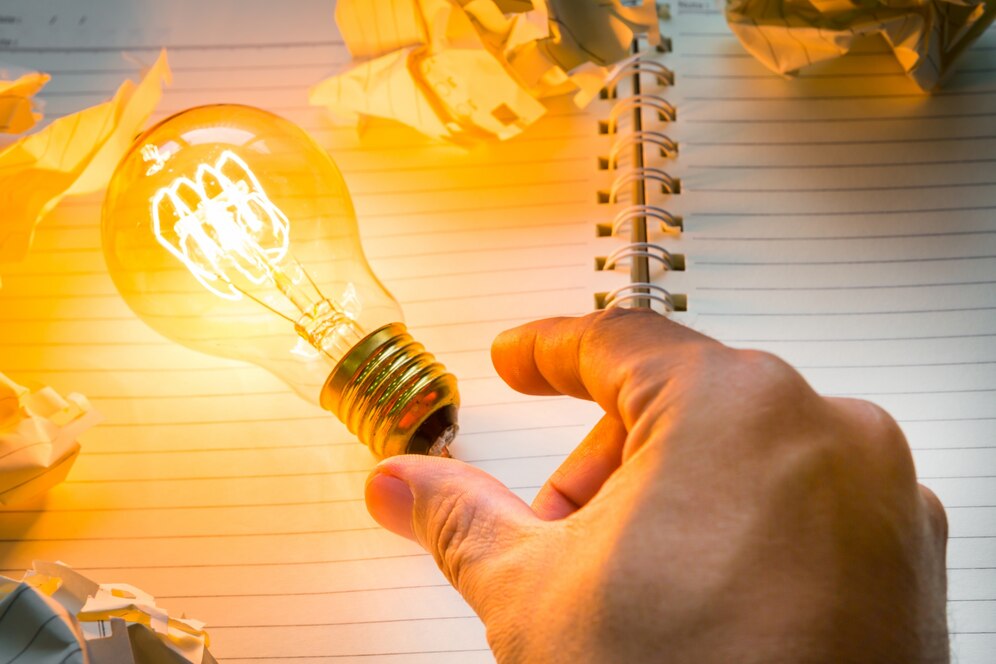In today’s world, it appears there’s a “for Dummies” guide for virtually any subject imaginable. The premise behind this popular book series is simple: if you’re unfamiliar with a topic, you’re a “dummy” – no offense intended.
The widespread success of this series underscores the reality that many of us are willing to admit our lack of knowledge on certain subjects without taking offense. And if there’s one topic universally acknowledged yet often shrouded in mystery, it’s electricity.
At Experts In Your Home, our local electricians often encounter questions from customers that reveal gaps in their understanding of electricity. Yet, more often than not, it’s us who feel like the “dummies” as we launch into explanations involving electrical charge flow and electron movement around atoms.
To avoid losing you in technical jargon, let’s step back and explore how electricity reaches your home – something most of us take for granted as we flick on a light switch or plug in a device. Unless a severe storm disrupts service, we expect electricity to be readily available.
The truth is, seamless electricity delivery relies on a complex network of interconnected components before it reaches the electrical panel in your home.
Here’s a simplified overview of how electricity operates:
- Electricity is generated at power plants using massive generators, primarily fueled by coal, natural gas, water, or wind. These plants are interconnected through the power grid, allowing for efficient distribution of electricity based on demand fluctuations.
- The electrical current is transmitted through transformers, which increase the voltage for efficient transmission over long distances.
- High-voltage transmission lines carry the electrical charge, supported by towers that, while not aesthetically pleasing, are essential for reliable power distribution.
- At substations, the voltage is reduced before being distributed to smaller power lines.
- Local distribution lines, equipped with pole-top transformers, further reduce the voltage to a safe level for household use.
- The electricity reaches your home via a service drop, passing through a meter that monitors consumption and determines your monthly bill.
- Finally, the electricity enters your home’s electrical panel, where circuit breakers protect the wiring from overload.
- Inside your home, electricity flows through a network of wires, powering outlets and switches.
If electricity still seems mysterious, you’re not alone. At Experts In Your Home, we appreciate the marvel of electricity and are here to assist with any electrical needs. Contact our team of experts in Chico, CA, for reliable service.

